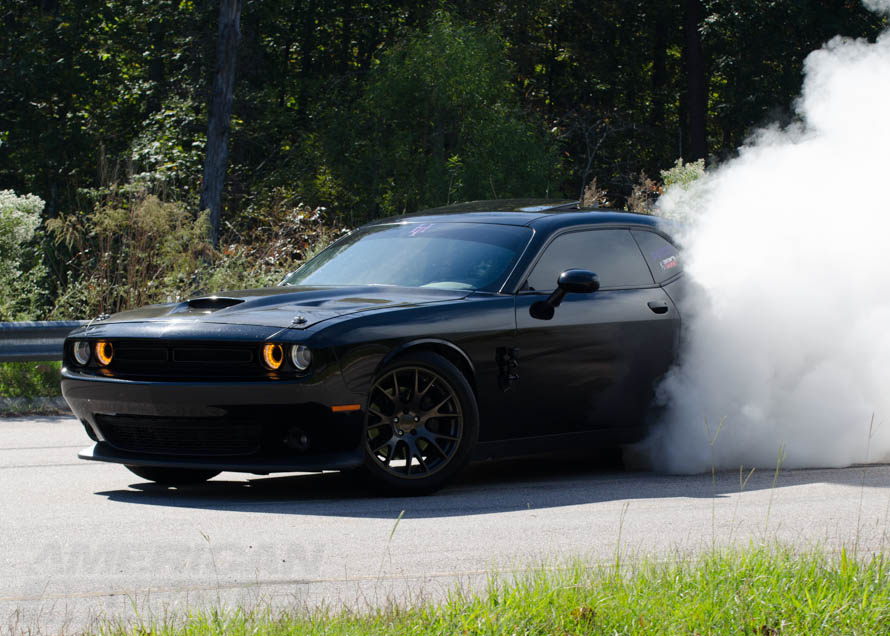Okay, you’re 2008 Challenger is powerful. It hauls ass, and it gets everyone’s attention. Is it really up to snuff though? The factory tune on your third-gen Challenger is ultimately intended to handle average daily driving. Therefore, it is aimed at middle of the road performance. It makes some power, but it keeps some reserved as an aggressive tune may not be a comfortable setting for less spirited drivers. That means there are horses kept at bay. Alternatively, the tune can be manipulated to increase economy as well.
Contents
Shop Challenger Tuners
Sometimes the most efficient way to gain power is a plug-and-play tuner. From the factory, Dodge restricts a Challenger's power for emissions and other legal reasons. Once it's in your possession, however, uncorking the horsepower within is a non-issue.
